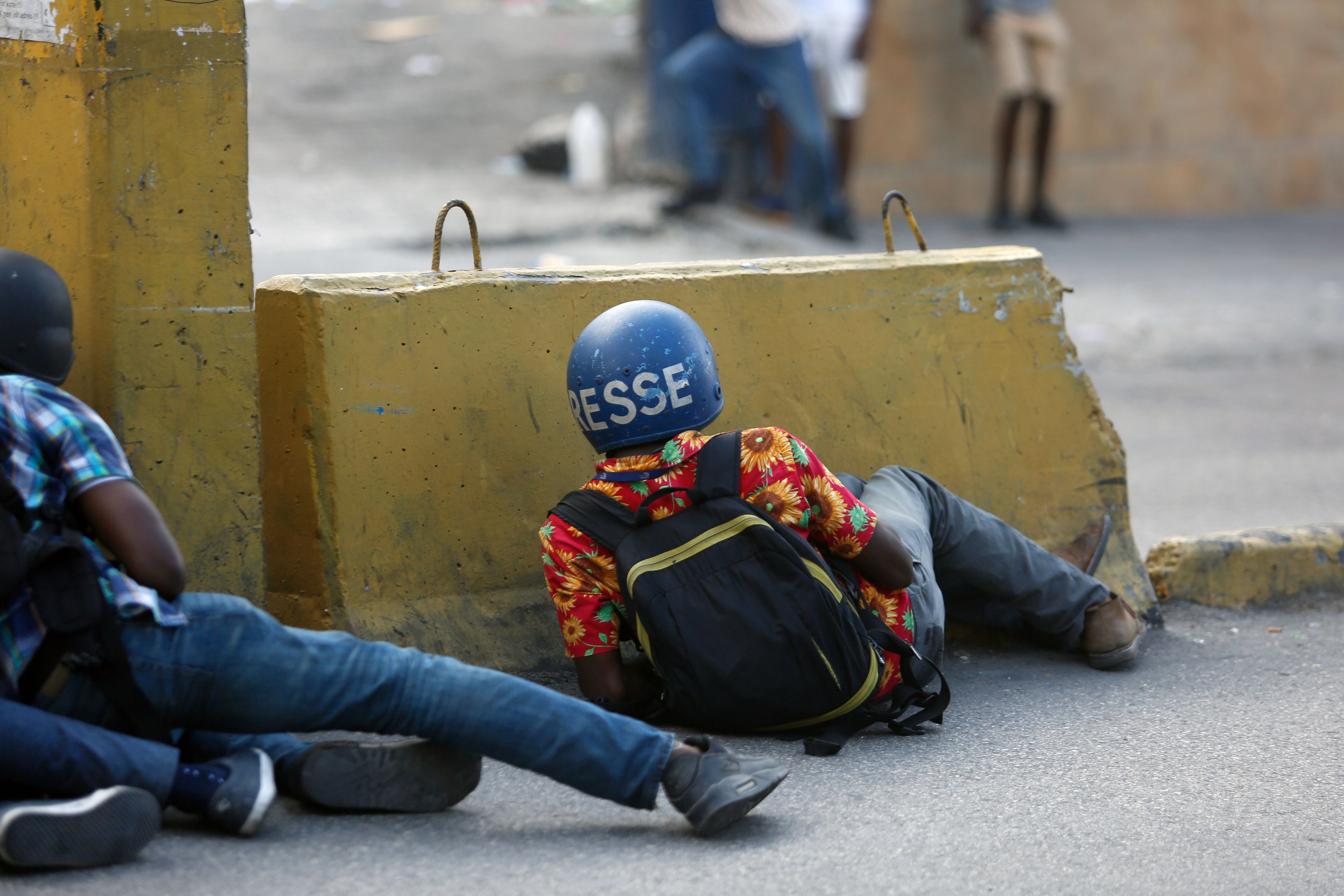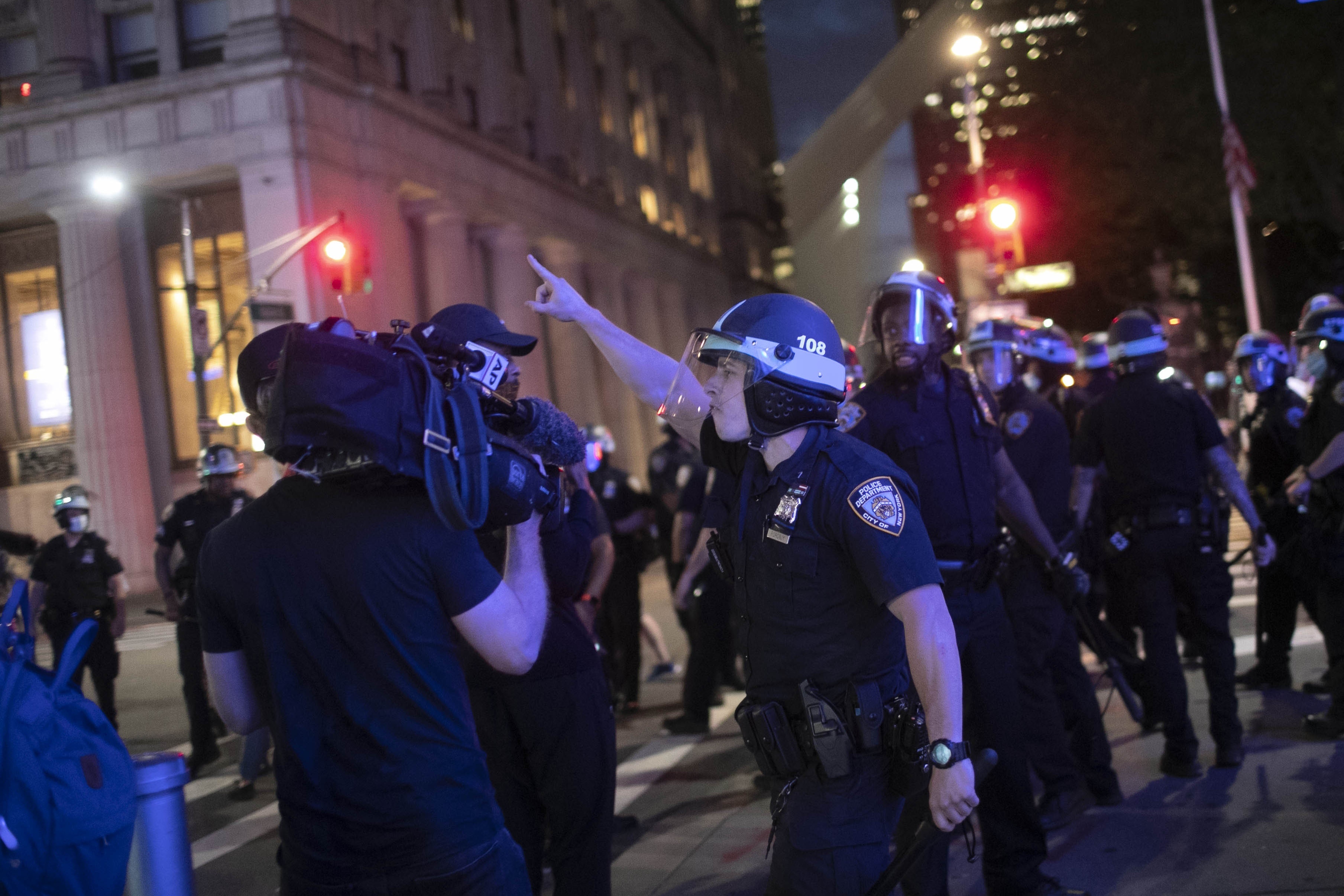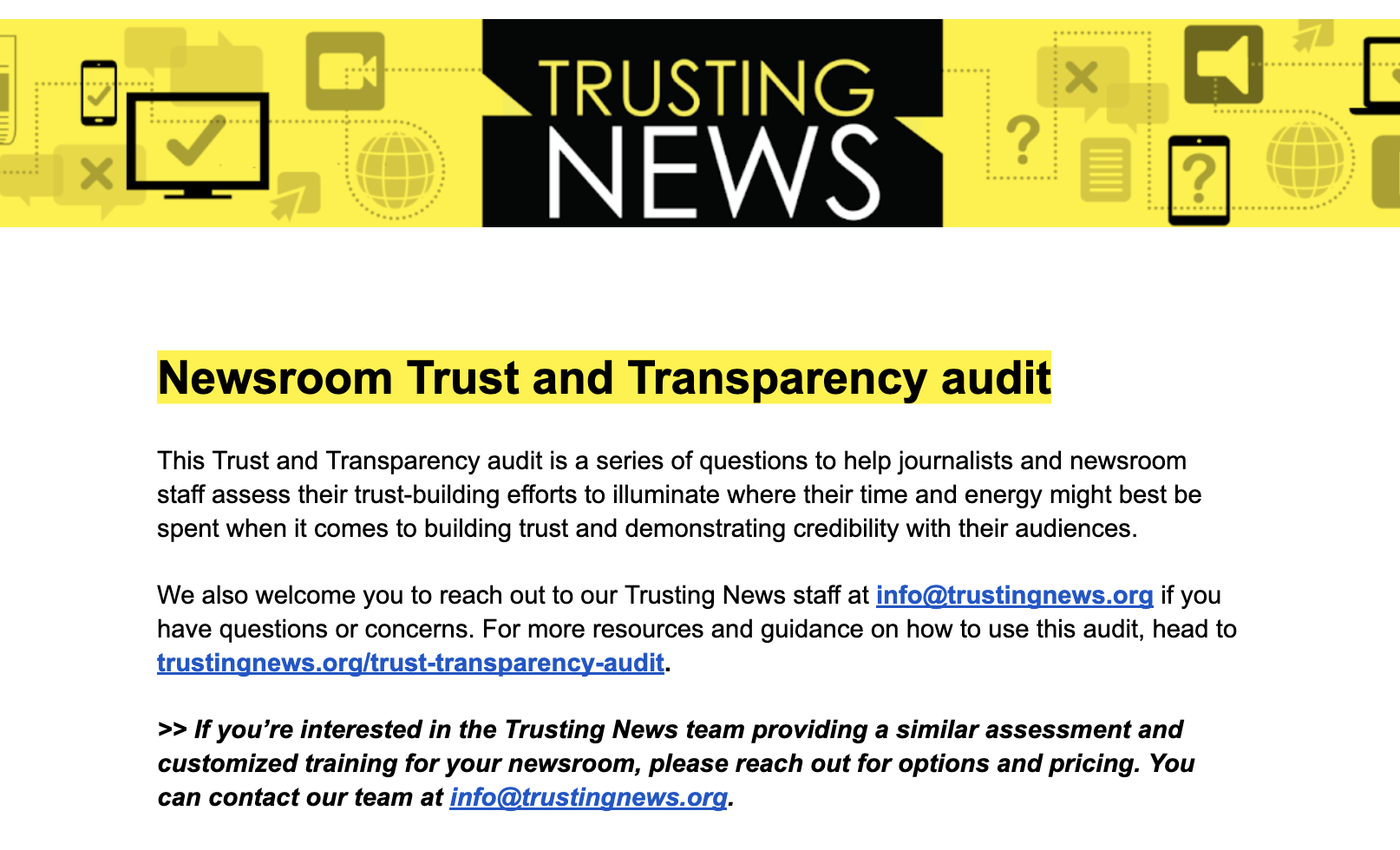Election Fraud in the United States: 2004 to Present -- Part VII: Voter Suppression | Dale Tavris
 Dale Tavris -- World News Trust
Dale Tavris -- World News Trust
Sept. 15, 2018
Election Fraud in the United States: 2004 to Present
Part VII: Voter Suppression
Targeted voter suppression is a well-known and frequently practiced tactic of right-wing operatives. Some of the most common methods used are:
- illegal and targeted purging of legally registered voters
- voting equipment shortages resulting in voting lines so long that many prospective voters have to leave before voting in order to avoid missing work
- closing of polling places
- dirty tricks such as threatening prospective voters or notifying them of bogus changes in the day of the election or the place of voting in their precinct
All of these practices were especially common in the Ohio 2004 Presidential race and are described in detail in “Preserving Democracy: What Went Wrong in Ohio” -- Status Report of the House Judiciary Committee Democratic Staff.
Voter suppression does not manifest itself in red shifts, as does electronic vote theft. The reason is that prospective voters who don’t get a chance to vote, for whatever reason, don’t get exit polled because exit polls are directed solely at voters who just voted. So the damage to election integrity from voter suppression is above and beyond whatever damage is manifested by red shifts.
In this article, I will discuss some selected incidents of massive voter suppression in two very high-profile elections -- the 2004 Presidential election in Ohio and the 2016 Democratic primaries.
Illegal voter registration purging
Ohio 2004
I initially suspected that there was something very wrong with voter registration in Ohio, and especially in Cleveland, when I discovered a huge discrepancy between reports by The New York Times of massive new voter registration in Democratic areas of Ohio (ten times that of Republican areas) and official voter registration figures. The NY Times reporters (Kate Zernike and Ford Fessenden) identified 230,000 new voters registered in heavily Democratic Cuyahoga County in 2004, compared with official Secretary of State figures indicating only 119,000 newly registered voters in Cuyahoga County. I estimated that if the discrepancy between the official figures and the newspaper reports was due to voter registration fraud, that probably cost Kerry about 47 thousand net votes in Cleveland alone.
I obtained a large degree of confirmation for that estimate from Norman Robbins, leader of the Greater Cleveland Voter Registration Coalition. According to his figures, as communicated to me by e-mail, there were 160,894 new voter registrations received by the Cuyahoga County Board of Elections in 2004 (compared with 31,903 new voter registrations in 2000). This was about 42,000 more registered voters than the 119,000 increase in registered voters between March and November of 2004 indicated by the official figures. The discrepancy between Robbins’ figures and the official figures could have been due to purging of newly registered voters, or failure to process the new voter registrations, which Robbins described in his report.
Confirmation of the probable reason for the above-noted discrepancies came from research by Victoria Lovegren, who posted a report at Ohio Vigilance which indicated the purging, apparently illegal, of 165,224 voters from Cuyahoga County alone, for no other rationale than that they hadn't voted recently. Dr. Lovegren noted in her report that this practice violated the National Voting Rights Act. Perhaps the most troublesome aspect of these reports was that the purging appears to have been done with no specific stated criteria for who would be purged.
Dr. Lovegren's report also noted numerous other issues of serious concern, including:
- registration applications being rejected for trivial reasons
- requests for absentee ballots not responded to
- hundreds of long time voters missing from the voter rolls
- the public was not allowed to watch the provisional ballot verification process
- numerous voters did not receive provisional ballots as required by law
- numerous dirty tricks aimed at disenfranchising Democratic voters
A question that was often asked of me when I talked about voter registration fraud in Ohio is what effect the purging of Democratic voters would be likely to have on the election results. There are two lines of doubt that have been expressed to me on this question. One is the question of whether newly registered voters would be as likely to vote as would longtime voters. This question is answered in the Democratic National Committee (DNC) report, “Democracy at Risk: The 2004 Election in Ohio,” on the 2004 Ohio election. According to Section VI, Figure 12 of that report, new voter registration was correlated with high voter turnout, meaning that in general, newly registered voters were more likely to vote in the Ohio 2004 election than were previously registered voters.
The other line of doubt is the question of whether people who are purged actually are prevented from voting. I am asked, “Couldn’t these people re-register after they found out that they were purged? I would answer this question by saying that maybe they could re-register if they know they were purged -- but an unknown number of these voters didn’t know they were purged until Election Day. But I didn’t have much of a sense of how frequently the purging would actually prevent voters from voting until I read Mark Crispin Miller’s book, “Fooled Again – How the Right Stole the 2004 Election and Why They'll Steal the Next One Too (Unless We Stop Them).”
In that book, Miller recounts his conversations with Denise Shull, a poll checker in Summit County. During the course of her work on Election Day, Shull noted that approximately 10 percent-20 percent of registered Democratic voters on her list were not on the official list of registered voters. Furthermore, these voters were described as ardent Democrats, as longtime voters in the area, and most of them were not voting. A possible reason for their not voting is suggested by an encounter that Shull had with one of these voters as the voter (or more accurately, non-voter) was leaving the polls. This person was simply told that she couldn’t vote and was given a phone number to call. And even more disturbing, Shull noted three of her fellow Democratic volunteers who described to her very much the same phenomenon occurring at the polling places where they worked that day.
What Shull describes not only provides confirmation that legally registered voters were purged from the voter rolls prior to the 2004 election, but it also indicates that most of these voters ended up not voting. What effect would this have had on the net vote count?
In addition to the estimated 46,000 net votes lost in Cleveland, Miller's book showed that an unknown number of other counties were involved as well. Targeting of Democratic voters in Cleveland could have been done easily and efficiently since Cleveland is heavily Democratic (voted 83 percent for Kerry, 16 percent for Bush in 2004), and many precincts in Cleveland voted more than 90 percent for Kerry. In order to target Democratic voters in Cleveland, one would merely have had to pick out those precincts with a history of voting 90 percent or more for Gore in the last election.
But what about Summit County, the county where Denise Shull and other Democratic volunteers described on-the-ground evidence of voter registration purging, and where only 57 percent of voters voted for Kerry. Voter purging in Summit County would have been much less efficient than voter purging in Cuyahoga County, because any voter purging that occurred would have included a large proportion of Republicans as well as Democrats – unless the purging was specifically targeted.
Miller’s book also describes a break-in at Democratic Party headquarters in Akron, Summit County, in the summer of 2004. The only things stolen were two computers with Democratic campaign-related information on them. A similar break-in occurred three months later in Lucas County, and was described by the Toledo Blade. One can surmise that with voter information obtained from these computers, the targeting of Democratic voters in these two counties could have been made a lot more precise than it would have been without that information. When other voter registration fraud from other counties (for which we don’t have specific numbers) is added to that from Cuyahoga County, who can tell how many votes John Kerry lost in Ohio from illegal voter purging alone?
2016 Democratic primaries
Illegal purging of eligible Democratic voters, as well as changing the status of Democratic registered voters to independent, Republican, or other party (which made the voter ineligible to vote in many states), appears to have been rampant in the 2016 Democratic primaries, in several states. I will discuss what appears to be the three most prominent examples:
Arizona
A group that goes by the name “Anonymous” concerned about the voter suppression that took place in the Democratic Primary in Arizona, decided to investigate the problem. There were two aspects of the voter suppression in Arizona. One was a severe reduction in polling places, which resulted in voting lines as long as half a mile (more about that later). The other was that many people were not allowed to vote when they finally got to the front of the line because it was claimed that they were not registered Democrats.
Anonymous’ investigation, reported in an article titled: “Anonymous Report: Was Arizona’s Voter Registration Hacked and Changed?” centered on the latter aspect of voter suppression in Arizona -- the claim that voters who knew themselves to be registered with their Party were actually not registered. Specifically, Anonymous wanted to determine whether the voter disenfranchisement was random or was targeted at one of the two candidates. In this investigation, Anonymous searched the Internet to find all the claims that they could of voters who were disenfranchised in this way, and they attempted to ascertain their preferred candidate, by phone if they could, and otherwise from the Internet claim. The results were startling:
| Party/Preference | Selection |
| Unknown Party or Preference | 25 |
| GOP | 12 |
| Clinton | 2 |
| Sanders | 113 |
Keep in mind that this is not the extent of those who were disenfranchised in this way. These are only the claims that Anonymous could find on the Internet. Anonymous gives an example of the extent of the disenfranchisement by pointing to Phoenix (a big part of Maricopa County), which had a Democratic mayor, where 80,000 Republicans voted on Election Day, compared with only 33,000 Democrats.
There could be some bias in this survey. Maybe Sanders voters were more likely to voice their complaints of disenfranchisement than Clinton voters. Maybe a proportion of the Sanders claims are lies (I don’t believe that at all, but I can’t prove it). But this was as close to a random sample as Anonymous could get. And the extent of the difference between the Clinton and Sanders disenfranchisement in this survey is so huge that it is very hard to believe that most of it was due to bias.
Anonymous concluded:
"Non-conspiratorial alternative explanations may emerge for why perhaps tens of thousands of voters showed up to the polls expecting to be able to vote with the party they had registered with previously and were either denied or forced to vote provisionally. What is unmistakable, at this point, is that something went very badly wrong well beyond the lack of polling stations. The evidence does point to the possibility that something more malicious is happening.
"In that vein, we should note that there are now likewise dozens and dozens of reports of Sanders supporters in places like Pennsylvania and New York, with upcoming closed primaries, finding that their own registrations have been switched. Suspicious, for damn sure. We’ll allow readers to draw their own further conclusions at this point."
New York
New York was very heavily affected, with 126,000 purged voters identified in Brooklyn alone. Election Justice USA filed an emergency lawsuit in New York, requesting:
"... the immediate restoration of voting rights for any New York voters who had previously been registered to vote and now are not. It also sought to restore the voting rights of any New York voter who had previously been registered or voted as a Democrat and is now listed as unaffiliated or Republican…."
EJUSA stated in announcing the lawsuit:
"We have heard hundreds of stories, with desperate pleas for help…. For these voters to be systematically and erroneously removed from the rolls or prevented from voting in their party of choice is devastating to them personally and has sent a wave of doubt and worry through the voting public."
On the day of the New York primary, New York mayor, Bill DeBlasio, a Clinton supporter said he’d heard reports of the purging of entire buildings and blocks of voters from the voting lists. The perception that numerous voters may have been disenfranchised undermines the integrity of the entire electoral process.
An investigation by Counterpunch found that the purging process involved:
- remotely identifying individual voters in the Board of Elections database, tampering with their registration records, and back-dating the changes they made
- forging voter signatures to alter their party affiliation (thus making them ineligible to vote in the Democratic primary)
- a BoE “nuclear” approach -- i.e. indiscriminate purging of large swaths of voters in precincts composed largely of Sanders supporters
California
Record-breaking new voter registrations in the 2016 California Democratic primary resulted in 4.2 million registered “no party preference” (NPP) voters by Election Day. These voters were by California law eligible to vote in the Democratic primary, and polls showed that they would vote for Sanders by a net margin of approximately 40 percent.
The Democratic Party in California came up with a method I had never heard of to disenfranchise these voters, and they didn’t even have to officially purge them. They would just make it extremely difficult for them to register their vote for President, as explained by Greg Palast shortly before the Democratic primary in California. Palast revealed that some poll workers had been told to give NPP voters provisional ballots rather than regular ballots. He urged voters to demand a regular Democratic ballot because provisional ballots are usually not counted.
The reality of Election Day in California turned out to be worse than even Palast was warning. Investigations showed a very aggressive attempt to disenfranchise NPP voters.
When California was called for Clinton, a bare minimum of 800,000 ballots remained uncounted -- including provisional ballots and late mail-in ballots. The 800,000 number was arrived at from 11 California counties that reported solid numbers of uncounted ballots. But there are 58 counties in California. Nobody knows the total number of uncounted ballots. Estimates of uncounted ballots ranged from 1 million to 3 million. And these estimates didn’t even include the many eligible voters who were turned away from the polls on Election Day without even being given a chance to vote provisionally. The official vote count had Clinton ahead by about 440 thousand votes. How could voting officials justify calling the election with so many votes uncounted, especially when most of them were disproportionately likely to be for the candidate who’s losing? Palast wrote on Election Day, June 7:
"In some counties like Los Angeles, it's not easy for an NPP to claim their right to vote in the Democratic primary -- and in other counties, nearly impossible. Example: In Santa Rosa, Sonoma County, if you don’t say the magic words, 'I want a Democratic crossover ballot,' you are automatically given a ballot without the presidential race. And, ready for this, if an NPP voter asks the poll worker, 'How do I get to vote in the Democratic party primary,' poll workers are instructed to say, 'NPP voters can’t get Democratic ballots.' They are ordered not to breathe a word that the voter can get a 'crossover' ballot that includes the presidential race. I’m not kidding. This is from the official Election Officer Training Manual page 49: 'A No Party Preference voter will need to request a crossover ballot from the Roster Index Officer. (Do not offer them a crossover ballot if they do not ask).'"
"If an NPP voter doesn’t say they are 'surrendering' their NPP ballot, the clerk can take it and count it blank instead of giving the voter a new one...."
Poll worker Jeff Lewis, who was abhorred by the training he received, filed a description of the training in an official declaration to a federal court:
"Someone raised their hand and asked a follow-up question: 'So, what if someone gets a nonpartisan ballot, notices it doesn't have the presidential candidates on it, and asks you where they are?' The answer poll workers are instructed to give: 'Sorry, NPP ballots don't have presidential candidates on them.'"
Another California poll worker, Ashley Beck, complained:
"I was told that all NPP voters are to be given provisional ballots. I was bothered by that, because I was always told that NPP voters in California can vote for Democrats and their vote would be counted…. We all know what happens most of the time with provisional ballots. They are not being counted.”
The Los Angeles Times announced hundreds of reports of additional problems in an article titled: "It was just chaos": Broken machines, incomplete voter rolls leave some wondering whether their ballots will be counted. As if the impediments to obtaining a Democratic “crossover” ballot weren’t bad enough, some counties ran out of them, thus ensuring that NPP voters wouldn’t be able to vote on a regular ballot. Other counties demanded that first-time voters (likely Sanders voters) show official voter ID, even though California law doesn’t require it. And as we saw all through this primary season, many would-be voters complained that their voter registration was purged or changed to Republican (which prohibited them from voting in the Democratic primary) without their knowledge, and most of these would-be voters were Sanders would-be voters.
Voting equipment shortages causing long voting lines -- Ohio 2004
It might seem logical to think that long voting lines in voting precincts would equate with high voter turnout in those areas. Even if thousands of voters get tired of waiting and leave, you might think that the long lines still provide evidence of high voter turnout.
But if a major reason for the long voting lines is insufficient numbers of voting machines or improperly functioning voting machines, then the opposite will be the case. That is what happened in Ohio in the 2004 election. Due to insufficient numbers of voting machines, voting lines were exceptionally long in many Democratic precincts, sometimes as long as a half-mile, resulting in waiting times as long as 11 hours and perhaps tens of thousands of voters giving up and leaving. This problem was virtually entirely confined to Democratic precincts. The end result was much longer voting lines and waiting times in Democratic precincts, and yet much lower official “voter turnout” than in Republican precincts (because of thousands of voters who didn’t have time to vote).
The national Electronic Incidence Reporting System (EIRS) is a system for receiving and documenting election-related complaints. There were four Ohio counties on Election Day that received the great majority of EIRS reports relating to long lines. These were Franklin (268 reports, 317 per million registered voters), Cuyahoga (150 reports, 149 per million registered voters), Summit (49 reports, 133 per million registered voters) and Mahoning (18 reports, 97 reports per million registered voters). For those reports where the county was specified, only 54 of these reports were received from the remainder of the state, a rate of only 10 per million registered voters. Furthermore, the vast majority of these reports from each of the four above specified counties came from the largest city in the county -- Columbus, Cleveland, Youngstown, and Akron, respectively.
Voter turnout in the other 84 Ohio counties combined averaged 72.7 percent. This compares with a voter turnout average of 66.1 percent in the four counties where numerous long lines were reported and only 56.2 percent from the four cities where the vast majority of the reports came from. More specifically:
| City | Voter Turnout |
| Columbus | 53.9% |
| Cleveland | 53.4% |
| Youngstown | 52.3% |
| Akron | 73.2% |
| Rest of Ohio | 71.2% |
The four cities with numerous reports of long lines went very heavily for Kerry. Overall, they averaged 71.4 percent for Kerry, 25.4 percent for Bush -- a vote margin of 46 percent. The rest of the state voted only 46.7 percent for Kerry.
Only in Franklin County has the reason for the apparent contradiction of low voter turnout in the face of long voting lines been well studied. In that county, we know that the voting lines were as long as 11 hours and that many thousands of voters left the polls without voting. Furthermore, we know that Columbus had far too few voting machines to handle the massive voter turnout there. And, we also know that voting machines were purposely withheld from heavily Democratic areas of Columbus.
Is it reasonable to believe that the four places in the whole state that were most characterized by reports of long voting lines really experienced a true voter turnout (meaning registered voters who came to vote, including those who had to leave before voting) of 15 percentage points LESS than the rest of the state? Let’s suppose that almost all who showed up to vote in those four cities actually got to vote, as they did in most of the rest of the state of Ohio. With a Kerry vote margin of 46 percent in those cities, and 1,059,819 registered voters, that would mean 1,059,819 X 46% X 15% = 73,107 more net votes for John Kerry.
Huge voting lines in combination with low voter turnout certainly do not suggest a legitimate election. When this occurs in four of the most heavily Democratic areas of the state, in an election run by a Secretary of State who is the co-chair for the Republican candidate, one must be very suspicious.
Closing of polling places -- 2016 Democratic primaries, Arizona
In the 2016 Arizona Democratic primary, Maricopa County, the largest county in Arizona, reduced the number of polling places open compared to 2012 from over 200 to 60. Consequently, prospective voters spent entire work days waiting in line to vote, as voting lines stretched for over half a mile. Undoubtedly, many of them had to leave before voting, to avoid missing work, which undoubtedly many of them could ill afford. The County recorder justified this blatant incident of voter suppression by claiming that “turnout is traditionally low” in Maricopa County.
The Maricopa County website statistics on the primary shed some very interesting light on the effect of the reduced numbers of polling places. That website showed that Clinton won the early voting part of the election in Maricopa County 118,832 to 71,019, over Sanders, a margin of 66.1 percent to 33.9 percent. The website does not show statistics for Election Day voting. No problem. Those can be obtained by merely subtracting the early voting statistics from the total voting statistics.
The Election Day voting, which Sanders won 19,883 to 12,802, represents a 60.8 percent to 39.2 percent Sanders margin in Maricopa County, quite a difference from the early voting margins. But Election Day voting in Maricopa County accounted for only 14.7 percent of the total vote. I have never heard of a presidential or any other election, where Election Day voting accounted for so low a percent of the total vote. This strongly suggests that the effects of voter suppression in Maricopa County were huge. Could it be that only 14.7 percent of voters in Maricopa County intended to vote on Election Day? There are three facts that strongly suggest otherwise. One is the 70 percent reduction in polling places, resulting in half-mile voting lines. Another is the mis-categorization of Democratic voters as independent voters, who were therefore not allowed to vote. And the other is that, if one analyzes the data from the Arizona website, along with information on the overall Arizona data on early voting, one can calculate that Election Day voting in the Democratic primary in the rest of Arizona averaged 59.1 percent rather than 14.7 percent.
If one makes the reasonable assumption that in the absence of voter suppression, the Election Day voting percentage in Maricopa County would have been similar to the rest of Arizona, that would mean that more than 240 thousand additional voters would have voted on Election Day in the Democratic primary in Maricopa County. And if Sanders’ margin of winning those extra votes over Clinton on Election Day was similar to that of the Election Day votes that were counted in Maricopa County, that would have meant that Sanders would have lost Arizona by about 2 percent, rather than by the almost 20 percent that he actually lost by. Also, keep in mind that these calculations are conservative because they make no assumptions that the voter suppression in Maricopa County was targeted to Sanders areas. But why would anyone bother with voter suppression if it wasn’t targeted for or against a specific candidate? If the voter suppression was targeted to any extent to Sanders strongholds, that means that he probably would have won Arizona in the absence of any voter suppression.
Similar poll closings occurred in the Rhode Island and Puerto Rico Democratic primary elections in 2016.
Dirty tricks
Dirty tricks have become a common feature of Republican tactics on Election Day. They were especially notable in Ohio prior to and during the 2004 election. As detailed in the Conyers report: “Preserving Democracy: What Went Wrong in Ohio.”
The Ohio Republican Party sent registered letters to newly registered voters in urban and minority areas, then “challenged” 35,000 individuals who didn’t sign and return the letters, as demanded in the letters. There were also massive challenges in minority areas made at the polls on Election Day. These “caging” tactics were found to be illegal and discriminatory by several Ohio courts. The Conyers report concluded:
"In addition to intimidating minority voters, this scheme helped lead to increased delays and longer waits in voting lines in these areas.... The decision by the Ohio Republican Party to utilize thousands of partisan challengers in the voting booths undoubtedly had an intimidating and negative impact on minority voters.... the disruptions caused by challengers could easily have reduced minority turnout by tens of thousands of voters, if not more. It is noteworthy that these disruptions were predicted [and approved of] by Republican officials."
As an example of Republican approval, a lawyer for the Ohio Republican Party acknowledged, “(the challenges) won’t be resolved until (Election Day), when all of these people are trying to vote. It can’t help but create chaos, longer lines and frustration.”
Many Ohio voters did not receive their requested absentee ballots. The Ohio Secretary of State, Kenneth Blackwell, compounded this serious error by ruling that voters who did not receive their requested absentee ballots would not be allowed to vote at the polls on Election Day because of their request for an absentee ballot. The Conyers report concluded:
"Mr. Blackwell’s decision to prevent those voters who requested absentee ballots, but did not receive them on a timely basis, from being able to vote, also likely disenfranchised many voters, particularly seniors who were turned away from the polls before the decision was known."
A team of 25 people calling themselves the “Texas Strike Force” used payphones in Ohio to make intimidating calls to people with the intent of discouraging them from voting. Their travel to Ohio was paid for by the Ohio Republican Party.
Other incidents of dirty tricks documented in the Conyers report included:
- The NAACP testified that they received over 200 calls regarding incidents of suspected voter intimidation
- falsely informing voters that they were not registered to vote or that they would have to vote by provisional ballot
- telling voters falsely that their polling places had changed, and; telling voters that Election Day had been changed to Wednesday
The significance of widespread voter suppression to the question of whether electronic vote count have been manipulated
In previous parts of this series, I’ve presented a great deal of evidence for large-scale electronic manipulation of vote counts in national elections since 2004, which probably reversed the results of many of those elections. Yet our national news media ignores all of this except to try to convince us that there is no good evidence that the results of any national elections in the United States have been changed by fraudulent electronic manipulation of the vote count.
The American people apparently are happy to accept the assurances of our national news media on this issue, and they appear very reluctant to believe that substantial electronic manipulation of the vote count has occurred or would occur in their country.
But given the known vulnerability of our electronic election system, and given the proven intent of so many unscrupulous people to engage in massive voter suppression in our country, why believe that those same or other unscrupulous people wouldn’t also avail themselves of the abundant opportunities for manipulation of the electronic vote count – in the face of abundant evidence that they have?
***
PART I: Vulnerability of Electronic Vote Counting in U.S. Elections
PART II: Evidence for Election Fraud in Exit Poll Discrepancies from Official Results
PART III: The Validity of Exit Polls for Monitoring Elections
PART IV: Untimely Deaths Associated with the 2004 Presidential Election
PART V: Disallowed and Corrupted Vote Recounts in Presidential Elections
PART VI: Evidence for Election Fraud in Election Machine "Glitches"
***
 Dale Tavris, M.D.Dale Tavris has worked as a public health physician/epidemiologist for 40 years, with state departments of public health, the U.S. Air Force, the Medical College of Wisconsin, and the Food and Drug Administration. In that capacity, he has authored 39 publications in peer-reviewed medical or public health journals.
Dale Tavris, M.D.Dale Tavris has worked as a public health physician/epidemiologist for 40 years, with state departments of public health, the U.S. Air Force, the Medical College of Wisconsin, and the Food and Drug Administration. In that capacity, he has authored 39 publications in peer-reviewed medical or public health journals.
Since 2004 he has been actively involved in the national election reform movement, serving in a volunteer capacity with the Election Defense Alliance for a few years as their data coordinator.
He has written dozens of online articles about election fraud. In 2007 he co-authored a journal article on election fraud: “Fingerprints of Election Theft: Were Competitive Contests Targeted.”
Tavris has written and published three books, including two of a political nature: “The Unfulfilled Promise of the American Dream: The Widening Gap between the Reality of the United States and its Highest Ideals,” 2011; and “Democracy Undone: Unequal Representation, the Threat to our Election System, and the Impending Demise of American Democracy,” 2012.
- CreatedSaturday, September 15, 2018
- Last modifiedSaturday, October 20, 2018
World Desk Activities
cpj.org/2020/09/guide-to-legal-rights-in-the-u-s/
pressfreedomtracker.us/submit-incident/
drive.google.com/file/d/17XyVCVOTq59bvTEG_RZAQMgrF…
www.icfj.org/news/new-icfj-knight-fellows-work-sup…
U.S.Justice Department: "Radical Right vs. Radical Left: Terrorist Theory and Threat"
www.ojp.gov/ncjrs/virtual-library/abstracts/radica….
Airlight is friends with Vishal Patel
ijnet.org/en/story/tips-building-networks-reach-au…
trustingnews.org/how-trustworthy-is-your-newsroom-…
Latest Stories
Electronic Frontier Foundation
The Intercept
- AIPAC Is Secretly Intervening in Portland’s Congressional Race to Take Down Susheela Jayapal, Sources Say May 03, 2024
- NYC Mayor Smeared a Grandmother as an “Outside Agitator” to Justify NYPD Assault on Columbia May 03, 2024
- AIPAC’s Next Top Target? Rep. Jamaal Bowman May 03, 2024
- From UCLA to Columbia, Professors Nationwide Defend Students as Politicians and Police Attack May 02, 2024
VTDigger
- Linda Thomas-Greenfield will not speak at commencement, UVM announces May 03, 2024
- Through flames and floodwaters, Charlie O’s returns to downtown Montpelier May 03, 2024
- Vermont, federal officials plan rabies bait drop as wildlife cases rise May 03, 2024
- Dispute over Abenaki identity in Vermont grows more entrenched May 03, 2024





